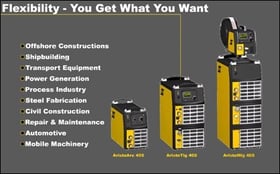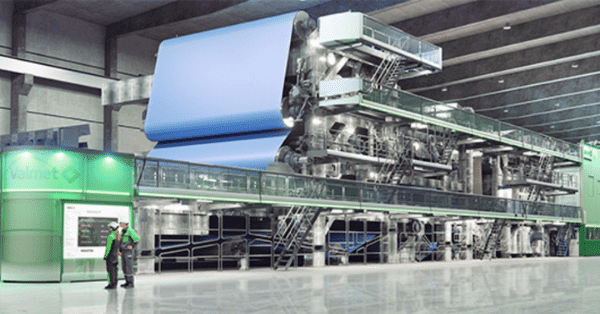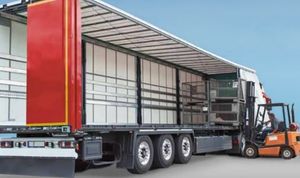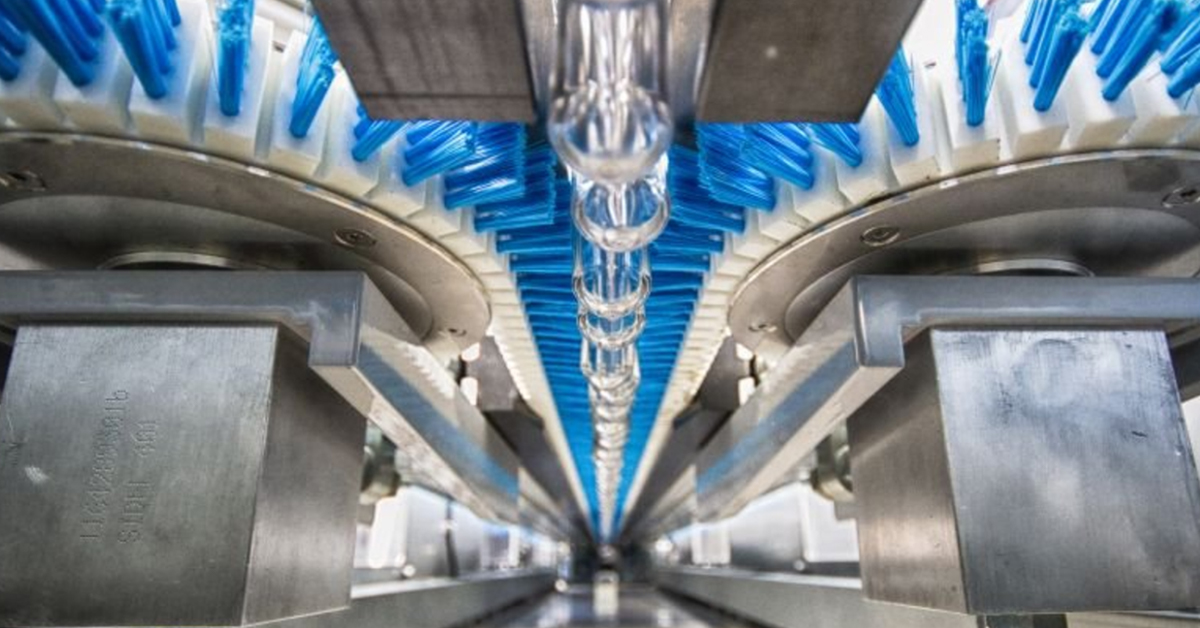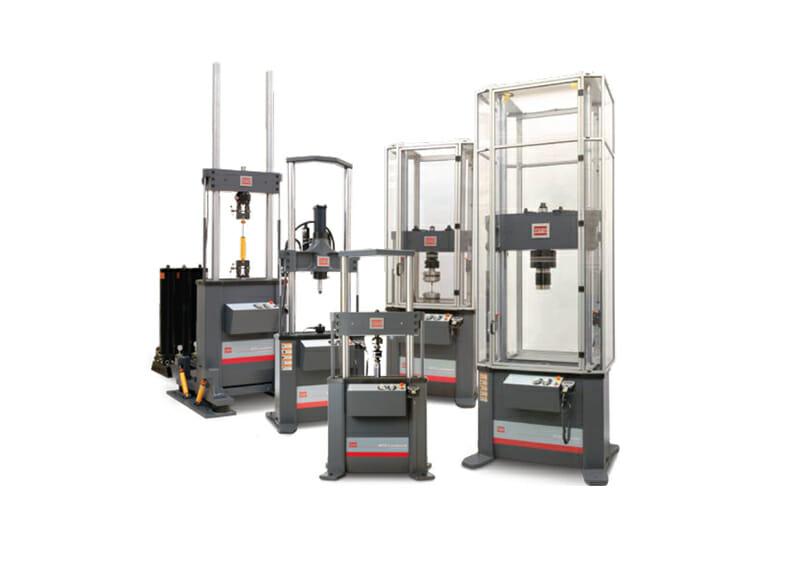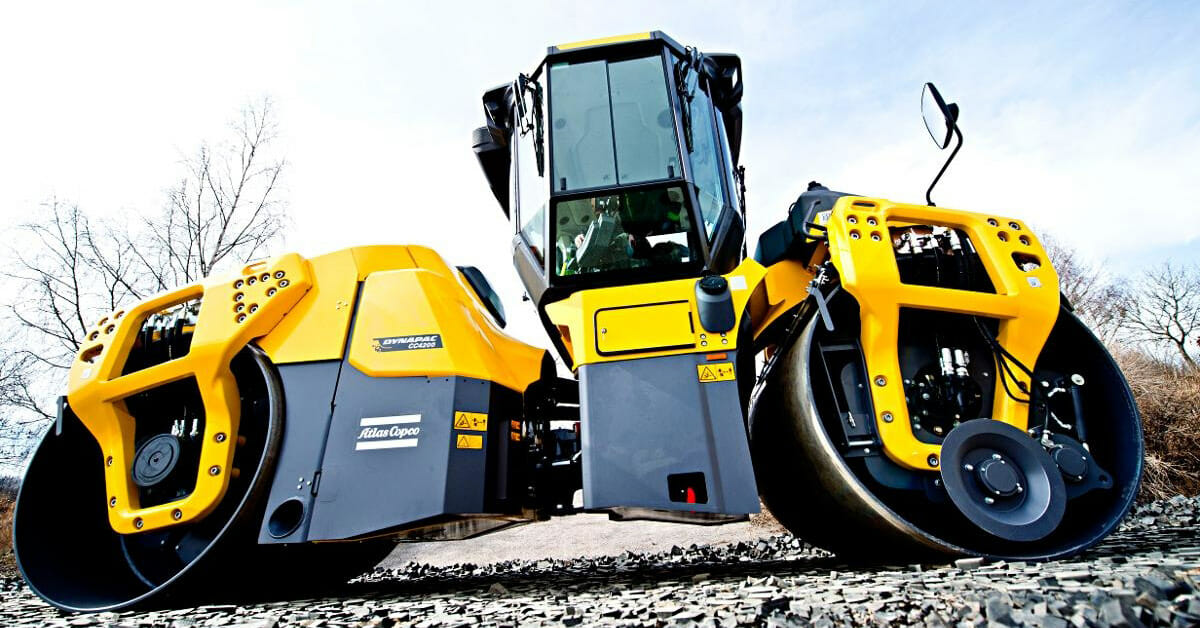Mart Tiismann
Former regional management at Eaton Corporation and the product divisions of ESAB
Summary
ESAB, the world’s leading provider of welding and cutting solutions, faced a highly fragmented market with complex internal operations due to acquisitions and decentralized product development. Managing numerous overlapping projects across multiple locations resulted in excessive part numbers, high indirect costs, and limited profitability.
To tackle these challenges, ESAB partnered with Modular Management to implement a modular product platform. The approach reduced part numbers by 40%, cut production lead times from 8 days to just 1, and increased product variants by 50%. Assembly time and supplier base were also significantly reduced, driving efficiency and profitability.
The success of this initiative led ESAB to adopt modularization across its entire division, transforming product development, production, and after-sales service to maximize flexibility, speed, and cost-effectiveness.
The Results
50% Product variants increase40% Time-to-market reduction
50% Supplier reduction
50% Assembly time reduction
90% Production lead time reduction
40% Part number reduction
We ended up having 80% commonality across all different applications, all industries and all geographies. Yet, people in the market experienced that they had a much more flexible and configurable product than they had ever had before. That was a direct result of product architecture.
On top of having the flexibility in terms of product offering, we also reduced lead times to a fraction of what they had been in the past.
Mart Tiismann
Former regional management at Eaton Corporation and
the product divisions of ESAB

Full Story
Business Situation
ESAB is the world's largest manufacturer and supplier of welding and cutting equipment, welding filler metals and welding technology. The ESAB Group, owned by Charter plc, has annual sales of $1 billion and 7 600 employees.
“A wide range of customer requirements and a multitude of viable technologies have kept our market highly fragmented. Going for new customer applications or expanding into new regions has always seemed to entail prohibitive complexity.”
“The unique tools offered by Modular Management have given us the ability to finally cut through this complexity and take advantage of our size and global presence with modular product platforms. We are now realizing economies of scale in development, manufacturing and sourcing, while being more responsive to individual customer requirements than ever before.”
Mart Tiismann
Vice President, ESAB
The Challenge
ESAB Welding Equipment is active on a market characterised by a high degree of fragmentation, with very few global players and many small local manufacturers. Over the years, ESAB has bought a number of small and medium-sized companies to supply local regions with local products. Today, product development is carried out in three different locations.
As a result, ESAB has seen an increase in internal complexity over time, as indicated by their high part number count. The resulting indirect cost for handling this complexity made it difficult to show an increase in profits. In addition, with development units in Sweden, the US and Poland, ESAB was running too many overlapping projects, which further added to the part number count and limited their profit potential.
ESAB’s essential problem was how to increase the number of product variants and improve quality to meet the demands of relatively small local market segments while at the same time reducing complexity, lead-times in production and time-to-market. ESAB also wanted to be able to offer customers quick and cost-effective after-sales service by providing modules that can be easily added or replaced.
Modular Architecture in Action
The development of a new modularized product platform for advanced inverter-based welding equipment was used as a pilot to prove the strength of modularity. The work was conducted by a cross-functional group using Modular Management’s unique methodology. The result was a 40% reduction in the part number count, a 90% reduction in lead-time in production and an increase of 50% in the number of product variants.
The successful results encouraged the management of ESAB Welding Equipment to proceed with implementing modularity in the whole division, i.e. in all functions from sales and marketing to production.
Modular Management helped to identify the number of modular platforms needed to meet global needs as well as how and where to develop these different platforms. A modular design process was implemented to utilize platforms in the design process.
A business case model was used to establish a business plan for each platform to manage the investments, follow-up, control and profitability of the platform over time. Platform managers were appointed to run the platforms and monitor profits.
Modular Management’s financial tools provided valuable support in assessing the financial potential of the modular concept, giving the platform managers a tool to simulate and steer according to both indirect and direct future costs. These tools also helped to guide the management of ESAB in organisational matters and the design engineers when selecting cost-effective solutions.
To ensure that the processes, tools, expertise and culture would be transmitted to ESAB and used in the long term in the company, Modular Management also created a support function.
Business Results
- By introducing modularization, ESAB was able to decrease the part number count by 40% and reduce overlapping technologies by 60%.
- Assembly time was cut by 50%.
- Production lead-times were decreased by 8 days to only 1 day.
- The number of suppliers was reduced by 50%.
- Product variants were increased by 50%.
- Time-to-market was cut by 40%.
